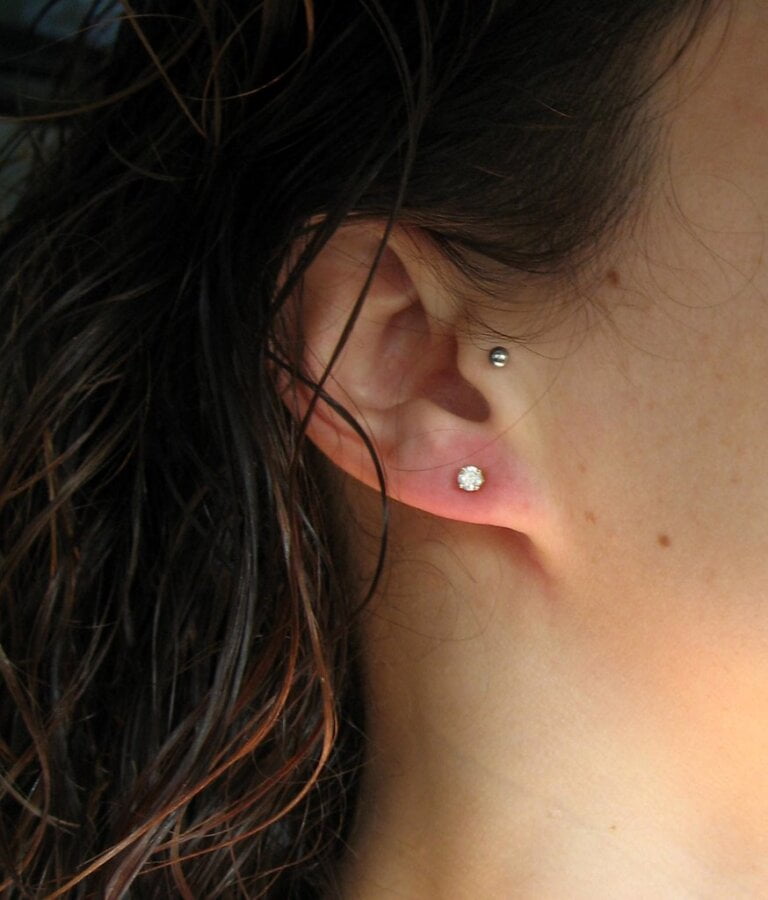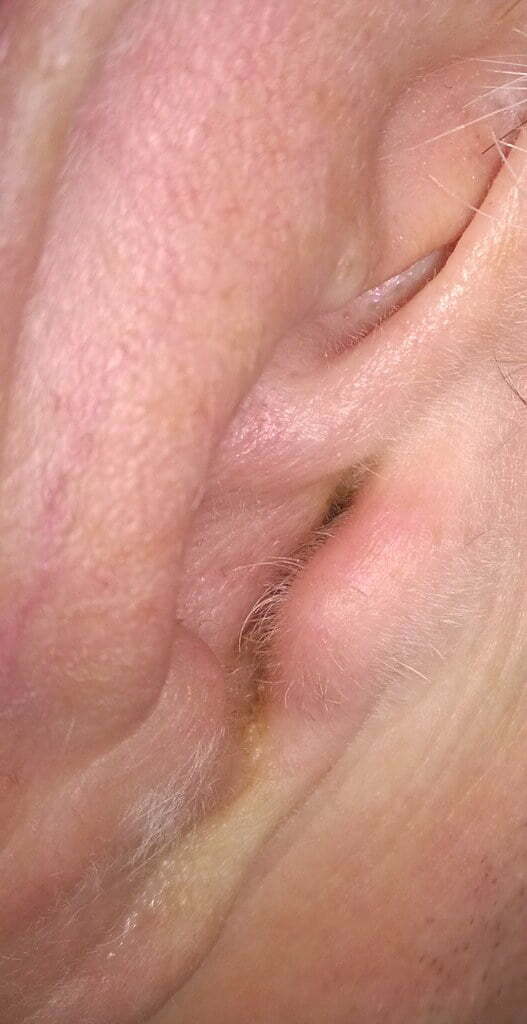The Hidden Protector: Unraveling the Link Between Ear Wax and Optimal Ear Health
Last Updated on 3rd May 2024 by Admin
Ear wax, medically known as cerumen, may seem like an insignificant and often overlooked aspect of our overall ear health. However, this waxy substance serves a vital purpose in protecting our ears from various external factors, including dust, bacteria, and even insects. Understanding the link between ear wax and optimal ear health is crucial for maintaining proper hearing and preventing potential complications.
What is Ear Wax?
Ear wax is a natural substance produced by the glands in our ear canal. Composed of a mixture of secretions from these glands, along with dead skin cells and other debris, ear wax is sticky and ranges in color from light yellow to dark brown. Its consistency can vary from dry and flaky to moist and sticky, depending on an individual’s genetics and environmental factors.
Ear wax is not just a random substance that accumulates in our ears. It is a complex mixture of secretions that serve various important functions. Understanding the composition and characteristics of ear wax can help us appreciate its role in maintaining optimal ear health.
The Role of Ear Wax in Ear Health
Contrary to popular belief, ear wax is not a dirty or harmful substance. In fact, it plays a crucial role in protecting our ears from various potential threats. Here are some important functions of ear wax:
1. Lubrication and Moisturization: Ear wax helps in lubricating and moisturizing the delicate skin lining our ear canal, preventing it from becoming dry, itchy, or irritated. The sticky nature of ear wax helps to retain moisture and maintain a healthy environment in the ear canal.
2. Dust and Debris Trapping: As we go about our daily activities, our ears are exposed to dust, dirt, and other particles present in the environment. Ear wax acts as a natural filter, trapping these particles and preventing them from reaching the deeper parts of the ear. This protective mechanism reduces the risk of irritation and infection.
3. Insect and Water Protection: The stickiness of ear wax acts as a deterrent for insects, preventing them from entering our ear canal. Additionally, the waxy barrier created by ear wax helps to repel water, reducing the risk of water-related ear infections. This protective barrier is especially beneficial for individuals who engage in water activities or live in humid environments.
4. Antibacterial and Antifungal Properties: Ear wax contains certain substances that have antibacterial and antifungal properties, helping to keep potential infections at bay and maintain a healthy ear environment. These protective properties contribute to the overall defense system of our ears.
Understanding the multifaceted role of ear wax in maintaining ear health emphasizes the importance of proper ear wax management.
Types of Ear Wax
There are two primary types of ear wax, each with its own unique characteristics:
1. Wet Ear Wax (Yellow/Brown): This type of ear wax is sticky and moist, making it easier for the ear to self-clean. It is more commonly found in individuals of African, European, and American Indian descent. The stickiness of wet ear wax allows it to trap debris effectively and migrate out of the ear canal naturally.
2. Dry Ear Wax (Gray/Beige): Dry ear wax is flaky and crumbly, often appearing in light-colored flakes. It is more prevalent in East Asian and Native American populations. Dry ear wax tends to accumulate and harden, making it less likely to migrate out of the ear canal on its own. Individuals with dry ear wax may require more proactive ear wax management strategies.
Understanding the type of ear wax you have can help you determine the most appropriate methods for managing its accumulation.
Proper Ear Wax Management
While ear wax is essential for optimal ear health, excessive accumulation can lead to discomfort, impaired hearing, and even potential complications. Understanding how to manage ear wax properly is crucial to avoid such issues. Here are some guidelines:
1. Avoid Cotton Swabs or Objects: Inserting cotton swabs or other objects into the ear canal often pushes the ear wax further inside, increasing the risk of blockage or damage to the delicate ear structures. It is best to let the ear clean itself naturally. The use of cotton swabs should be limited to cleaning the outer part of the ear.
2. Use Ear Drops for Wax Softening: If you experience excessive ear wax build-up, over-the-counter ear drops can be used to soften the wax, making it easier for it to naturally migrate out of the ear. These drops typically contain agents like hydrogen peroxide or glycerin, which help break down the wax and facilitate its removal.
3. Seek Professional Help if Necessary: In cases of severe wax build-up or blockage, it is recommended to seek assistance from a healthcare professional. They can safely remove the excess wax using specialized tools and techniques. Professional ear wax removal ensures thorough cleaning while minimizing the risk of injury or infection.
By following these proper ear wax management techniques, you can maintain a healthy balance of ear wax without compromising your hearing abilities.
When to Seek Medical Attention
While ear wax is typically harmless, certain situations may warrant prompt medical attention. It is advisable to consult a healthcare professional if you experience any of the following:
1. Severe Ear Pain: Persistent or intense ear pain could indicate an underlying condition or infection that requires medical intervention. Ear pain can be a sign of an ear infection or injury, and it should not be ignored.
2. Sudden Hearing Loss: If you experience a sudden loss or significant decrease in hearing abilities, it is essential to seek immediate medical attention. Sudden hearing loss may be a symptom of a more serious underlying condition that needs to be addressed promptly.
3. Ear Drainage or Bleeding: Any discharge, fluid, or blood coming from the ear should be evaluated by a healthcare professional. These symptoms may indicate an infection or injury that requires proper medical treatment.
4. Dizziness or Balance Issues: Ear-related problems can sometimes manifest as dizziness, vertigo, or balance disturbances. Consulting a healthcare professional is recommended in such cases to rule out any underlying conditions affecting the inner ear.
Prompt medical attention in these situations ensures timely diagnosis and appropriate treatment, minimizing the risk of complications.
Conclusion
Ear wax, often overlooked and misunderstood, is an essential part of maintaining optimal ear health. Its natural protective properties help to lubricate, trap debris, and prevent infections. By understanding the role of ear wax and adopting proper ear wax management techniques, we can ensure the well-being of our ears and preserve our hearing abilities. However, it is crucial to seek medical attention if any concerning symptoms arise, as professional evaluation is necessary for certain conditions. Let us appreciate the hidden protector that ear wax is and prioritize its management for overall ear health.
FAQ
Q1: What is ear wax?
A1: Ear wax, also known as cerumen, is a natural substance produced by the glands in our ear canal. It is a mixture of secretions, dead skin cells, and debris.
Q2: What role does ear wax play in ear health?
A2: Ear wax plays several important roles in ear health. It lubricates and moisturizes the ear canal, traps dust and debris, protects against insects and water, and has antibacterial and antifungal properties.
Q3: What are the types of ear wax?
A3: There are two primary types of ear wax. Wet ear wax is sticky and moist, while dry ear wax is flaky and crumbly.
Q4: How should ear wax be managed?
A4: To manage ear wax properly, avoid using cotton swabs or objects in the ear canal, use ear drops for wax softening, and seek professional help if necessary. Prompt medical attention is recommended for severe ear pain, sudden hearing loss, ear drainage or bleeding, and dizziness or balance issues.







